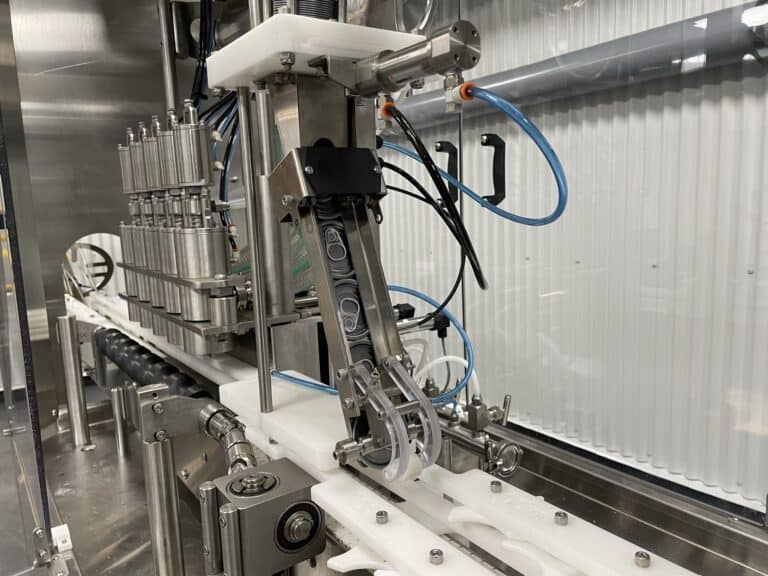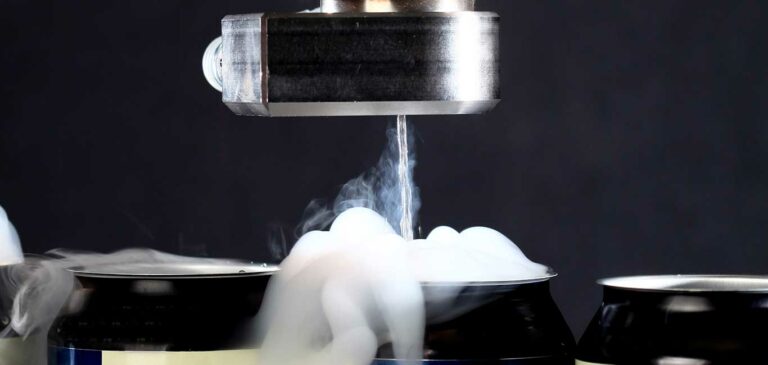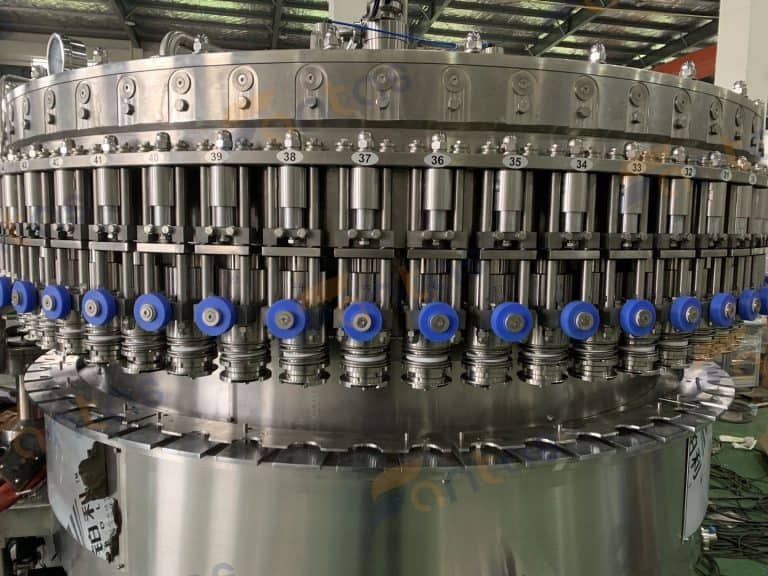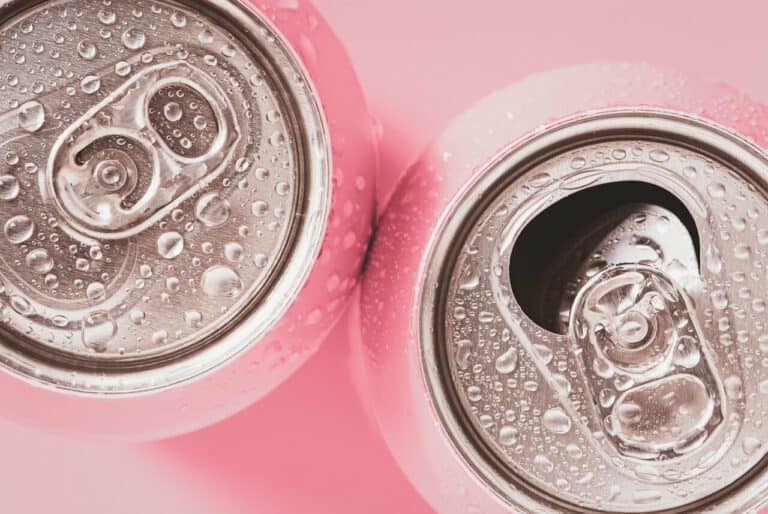Optimizing Your Canning Line for Maximum Productivity
Introduction: The Integral Role of a Canning Line in Beverage Production
In the fast-paced world of beverage production, the canning line stands as a cornerstone. It’s not just about packaging; it’s about preserving the integrity, flavor, and quality of the product. An optimized canning line ensures that beverages reach consumers in perfect condition, reflecting the brand’s commitment to excellence.
Components of a Modern Canning Line
- Depalletizer: This is where it all begins. The depalletizer lifts stacks of empty cans onto the canning line conveyor, ensuring a steady supply.
- Rinser: Before filling, cans are passed through a rinser to remove any dust or debris, ensuring the product’s purity.
- Filler: Precision is key here. Modern fillers ensure that each can is filled to the exact level, maintaining consistency across the production line.
- Seamer: Once filled, cans are sealed airtight by the seamer, preventing any potential contamination.
- Labeler: Branding is crucial. The labeler ensures each can is perfectly branded, reflecting the product’s identity.
- Packaging: The final step involves packing the cans into cartons or crates, ready for distribution.
Best Practices for Setting Up and Running a Canning Line
- Regular Maintenance: Like any machinery, regular check-ups and maintenance ensure the canning line runs smoothly and efficiently.
- Quality Control: Implement regular checks at different stages of the process. This ensures that any issues are identified and rectified promptly.
- Employee Training: Ensure that all staff are well-trained and familiar with the machinery. This not only boosts efficiency but also ensures safety.
- Optimal Layout: The layout of the canning line should facilitate a smooth flow from one component to the next, minimizing any potential bottlenecks.
Beer Canning Machines: Boosting Efficiency And Quality In Breweries
Common Pitfalls and How to Avoid Them
- Inconsistent Filling: This can result from malfunctioning equipment or calibration errors. Regular checks and maintenance can prevent this.
- Poor Seaming: If cans aren’t sealed correctly, it can lead to leaks or contamination. Ensure the seamer is in top condition and regularly inspected.
- Labeling Errors: Misaligned or incorrect labels can harm a brand’s image. Regularly inspect the labeler and ensure it’s correctly calibrated.
- Operational Delays: These can arise from equipment malfunctions or logistical issues. Having a contingency plan and ensuring regular maintenance can mitigate such delays.
Conclusion: The Difference a Streamlined Canning Line Makes in Overall Production
An optimized canning line is more than just machinery; it’s the heart of beverage production. By ensuring each component operates at peak efficiency and avoiding common pitfalls, breweries and beverage producers can guarantee that their products are packaged to the highest standards. In a competitive market, this attention to detail can make all the difference, ensuring customer satisfaction and brand loyalty.
Elevate Your Brewery With The Perfect Canning Machine
Shop for high-quality canning equipment
If you want to start a successful beverage enterprise, then acquiring the right machinery for the job is a must. At Geninox Canning, we are ready to provide you with the best manufacturing systems to get your beverage production company up and running. GX Canning is a division of Geninox.






